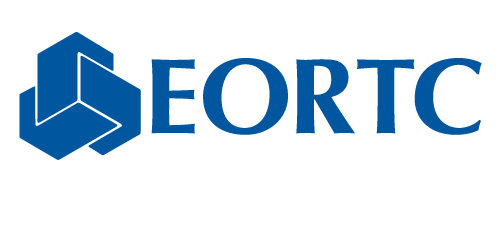A risk management plan for functional imaging in cancer clinical trials
1 Dec 2015
In a paper appearing in Lancet Oncology, researchers representing the European Organisation of Research and Treatment of Cancer (EORTC), the European Association of Nuclear Medicine (EANM), the European Society of Radiology (ESR), and the United States National Cancer Institute (NCI) laid the foundation for discussions aimed at improving the implementation and utilization of imaging biomarkers in cancer clinical trials.
Dr Yan Liu (photo), Head of the EORTC Translational Research, Radiotherapy, and Imaging Department and also lead author of this paper, says “In cancer clinical trials, we are always trying to strike the right balance between maximizing data quality and minimizing cost. Here, risk management can be an extremely helpful tool, because it can help us to prioritize, reduce costs, and decrease attrition rates. In our study, we used a quality risk management approach to help us outline a consensus framework for imaging biomarker driven trials. This approach recognizes that other stakeholders such as regulatory bodies, pharmaceutical companies, and patients also play essential roles in the conduct of these trials.”
“Over the past several years, molecular and functional imaging tools have advanced to the point where it is now widely used in cancer clinical research,” says Dr Lalitha Shankar of the US National Cancer Institute, Clinical Trials Branch, Cancer Imaging Program. “Currently, RECIST, Response Evaluation Criteria In Solid Tumors, is the most commonly used criteria for the assessment of treatment response. But molecular and functional imaging can provide valuable information on disease staging as well as characterization and potentially allow detection of response or non-response within days of the onset of treatment.”
Prof. Nandita Desouza of the Institute of Cancer Research Royal Marsden Hospital points out, “Such early stage detection could make it possible for non-responding patients to avoid unnecessary toxicity related to therapy. Developing and using imaging biomarkers, however, is complex. The data acquisition methods are quite involved, there are regulatory issues that need to be considered when trialling new imaging agents, and image post-processing with advanced multi-vendor software is not trivial. Lack of rigorous quality control can lead to increased data variability, especially in multi center international trials.”
Taking all this into consideration, the EORTC, EANM, ESR, and NCI researchers banded together to propose a practical risk-based framework and recommendations on imaging biomarker driven trials that allows identification of risks at trial initiation so that resources can be better allocated and key tasks prioritized.
Prof. Arturo Chiti, Humanitas Research Hospital in Milan and president of EANM, adds, “Several years back, the EANM began an accreditation program for PET sites, a very important and also successful effort to reduce the difference and increase the reproducibility of data obtained by positron emission tomography (PET) scans. This program helped reduce variability in the measurement of parameters such as SUV (Standard Uptake Value), following calibration of the scanner. There are still problems integrating and implementing imaging biomarkers into multicenter trials, so this study should help us address those risks.”
The authors recommend that an initial risk assessment plan should be developed before the study starts and be performed during protocol development, site activation, accrual, and at the end of the trial. This assessment could be realized by a multidisciplinary team that includes imaging experts, oncologists, as well as the study project managers. They also advise that the risk assessment plan should also be reviewed and updated throughout the trial in order to ensure that actions have been or will be taken.
The research leading to these results received support from QuIC-ConCePT, a project supported by the Innovative Medicines Initiative Joint Undertaking under grant agreement number 115151, resources of which are composed of financial contribution from the European Union’s Seventh Framework Programme (FP7/2007-2013) and EFPIA companies’ in kind contribution.
Related News
EORTC: Advancing research and treatment for rare cancers
29 Feb 2024
EORTC Fellowship Programme: celebrating more than 20 years of impactful collaboration
22 Feb 2024
Appointment of Malte Peters as EORTC Strategic Alliance Officer
9 Feb 2024
Unique series of workshops in partnership with the European Medicines Agency (EMA)
7 Feb 2024
EORTC launches a prominent clinical trial in older patients with locally advanced (LA) HNSCC (Head and Neck Squamous Cell Carcinoma)
14 Dec 2023
Seven IMMUcan abstracts selected for ESMO Immuno-Oncology Congress 2023
6 Dec 2023
EORTC Quality of Life measures integrated in CDISC
20 Nov 2023
EORTC and Immunocore are collaborating to launch the ATOM clinical trial of tebentafusp in Adjuvant Uveal Melanoma
7 Nov 2023
Treatment with decitabine resulted in a similar survival and fewer adverse events compared with conventional chemotherapy in older fit patients with acute myeloid leukaemia
31 Oct 2023
New results and forthcoming EORTC trials in rare cancers, lung, head and neck, and breast carcinomas presented at ESMO 2023
20 Oct 2023


